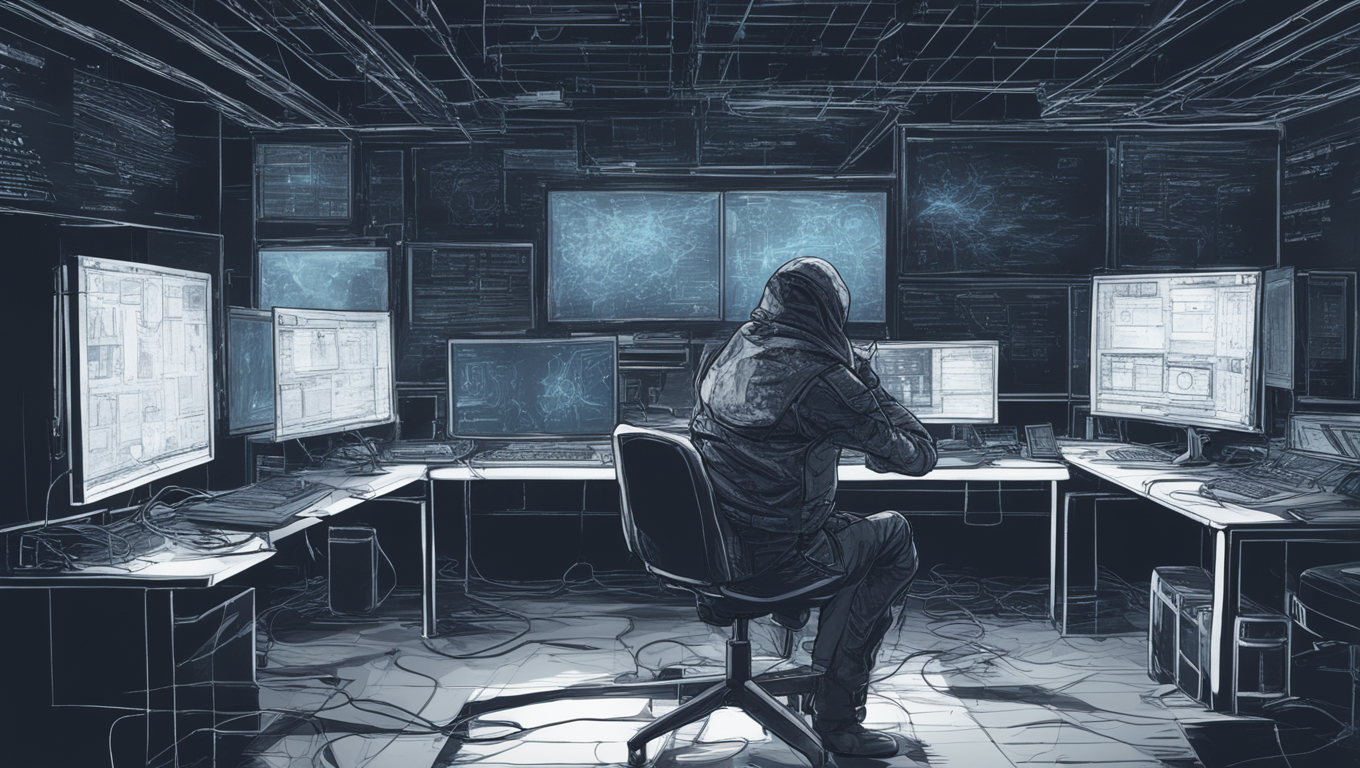In a world driven by technology, the threats posed by cyberattacks have become increasingly prevalent. We are all familiar with the concept of traditional cyberattacks, which involve compromising data or disrupting connectivity. However, there is a new and emerging concern in the realm of cybersecurity – the rise of AI-powered cyber-physical attacks.
These attacks go beyond mere disruptions in the digital realm. They have the potential to cause real-world consequences by targeting critical infrastructure such as water treatment plants, the electrical grid, and transportation systems. The FBI recently warned Congress about the deep infiltration of Chinese hackers into the United States' cyber infrastructure, specifically targeting these vital systems.
Stuart Madnick, an MIT professor of engineering systems and co-founder of Cybersecurity at MIT Sloan (CAMS), has been studying the cyber-physical nexus. He explains that with the proliferation of generative AI, the possibility of physical attacks as the next phase of cybercrime has become a growing concern. Madnick and his team have conducted simulations in the lab, resulting in equipment explosions. By hacking into computer-controlled motors, they were able to cause incinerations, demonstrating the potential destructive power of these attacks.
Unlike traditional cyberattacks that only result in temporary system downtime, cyber-physical attacks can have long-lasting and devastating effects. Madnick explains that if a power plant were to explode or burn down, it would take weeks or even months to recover due to the specialized and custom-made parts used in these systems. The downtime and consequences would be far more substantial than in a typical cyberattack scenario.
While the technology to carry out these attacks exists, experts maintain that three elements must align for them to occur: capability, opportunity, and motivation. As of now, nation-states have refrained from launching attacks on physical infrastructure, as it would be akin to an act of war. However, there is an ongoing debate among experts regarding the level of threat posed by cyber-physical attacks and the extent to which AI amplifies this threat.
Tim Chase, CISO at data platform Lacework, warns that the vulnerability lies in the number of systems utilizing programmable logic controllers (PLCs) in the nation’s infrastructure. These PLCs could be compromised by hackers using generative AI to create malicious code. Once a bad actor gains control of a PLC, they can wreak havoc on industrial systems, resulting in physical manifestations. Chase expresses concern that AI provides less skilled hackers with the tools to target industrial control systems effectively.
Sivan Tehila, a program director and professor at Katz School of Science and Health, Yeshiva University, and CEO of cybersecurity management platform Onyxia, shares similar concerns about the rise of cyber-physical attacks. She emphasizes that these attacks can happen quickly and are difficult to detect and mitigate due to their complexity. However, Tehila also acknowledges that AI can play a vital role in enhancing cyber defenses by analyzing vast amounts of data in real-time, aiding in threat detection and response.
While the risks associated with cyber-physical attacks are evident, some experts view them as less likely. Michael Kenney, a professor at the University of Pittsburgh, suggests that cybercriminals are more inclined to use traditional tools that have worked in the past, such as weaponry and military hardware. The internet itself is a resource that cybercriminals rely on, making them hesitant to take it down extensively.
Nevertheless, Madnick remains worried about the potential consequences of these attacks. He highlights the fact that when something explodes in a physical system, it not only destroys that particular unit but can also cause collateral damage to nearby units, posing a greater risk to human lives.
As the world becomes increasingly interconnected through technology, the threat of cyber-physical attacks cannot be ignored. It is crucial that efforts are made to strengthen the security of critical infrastructure and develop advanced defense mechanisms. With the ongoing advancements in AI, the potential for both malicious attacks and defensive measures continues to grow. The future of cybersecurity lies in our ability to stay one step ahead of adversaries, leveraging the power of AI to protect ourselves from these looming threats.





Use the share button below if you liked it.